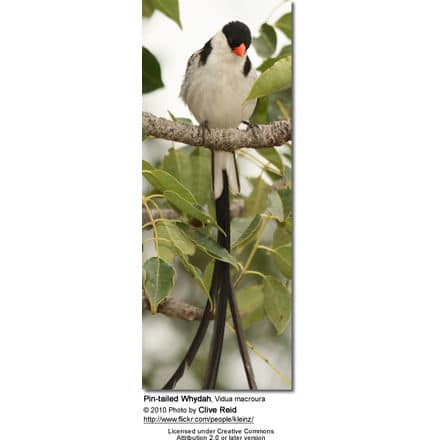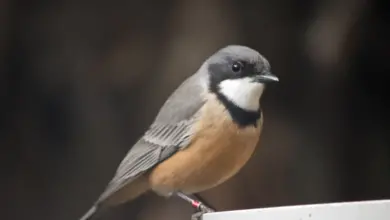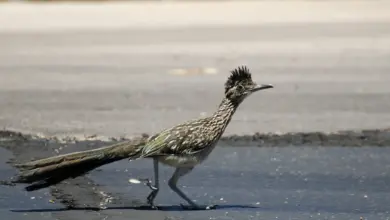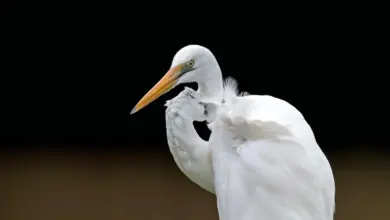Pin-tailed Whydahs
The Pin-tailed Whydahs, Vidua macroura, is a small resident songbird that occurs in most of Africa south of the Sahara Desert; where it lives in light and densely wooded forests with Mopane trees; savanna grasslands where it breeds and feeds; and African bushveld.
The Pin-tailed Whydahs are known in Afrikaans as Koningrooibekkie. They are also called “Widow Birds” because of the Male’s long, mostly black tail during the breeding season.

Pin-tailed Whydahs are usually seen in small family groups or large flocks in favored feeding areas.
The male Pin-tailed Whydah aggressively defends his territory.
Description

The Pin-tailed Whydahs typically average 12-13 cm in length – except the male’s tail grows an additional 20 cm during the breeding season. They weigh around 26 g.
The adult male has a black upper plumage and crown (top of the head) and a long black tail. The head (except for the crown) and plumage below are white. His wings are dark brown with white patches.
The female and non-breeding male have streaked brown upperparts, whitish underparts with buff flanks, and a buff and black face pattern. The non-breeding male lacks the long tail extension that he grows during the breeding season.
The eyes are brown; the beak is bright red; the throat is white and the legs are black.
Juvenile Pin-tails look like females, but their plumage is duller and they have a greyish bill.

Breeding / Nesting
The male Pin-tailed Whydahs usually have several females. His elaborate courtship flight display consists of hovering over the female showing off his elongated his tail.
The Pin-tailed Whydah does not raise its own young (commonly referred to as “brood parasite”), but instead lays its eggs in the nests of finches, particularly waxbills – for them to raise. Some brood parasites will destroy the host’s eggs; however, the Pin-tailed Whydah simply adds its eggs to the nest – not harming the other eggs that the host already laid.
The Pin-tailed Whydah will generally lay 2 to 5 white eggs. The eggs of the Whydah and the finches are all white — but the Whydah eggs are slightly larger than those of the host. The difference doesn’t appear to be noticeable enough to the host, and they generally incubate the eggs and raise the young as their own. The whydahs chicks have the same gape pattern as the fledglings of the host species.
Even though Pintail Whydahs are not difficult birds to maintain in captivity, there are some challenges associated with that. First of all, they are quarrelsome and may be quite aggressive towards other birds. Also, breeding is problematic, as they are parasitic breeders and are quite particular about where to place their eggs for fostering. As a general rule, it is best to keep them by themselves or with only a select few other bird types.
Diet / Feeding
The Pin-tailed Whydah primarily forages on the ground for various seeds and grains. They will also feed on insects, such as butterflies, bees, wasps, locusts, and ants.
Calls / Vocalizations
Its song consists of rapid squeaking and churring typically given from a high perch.





